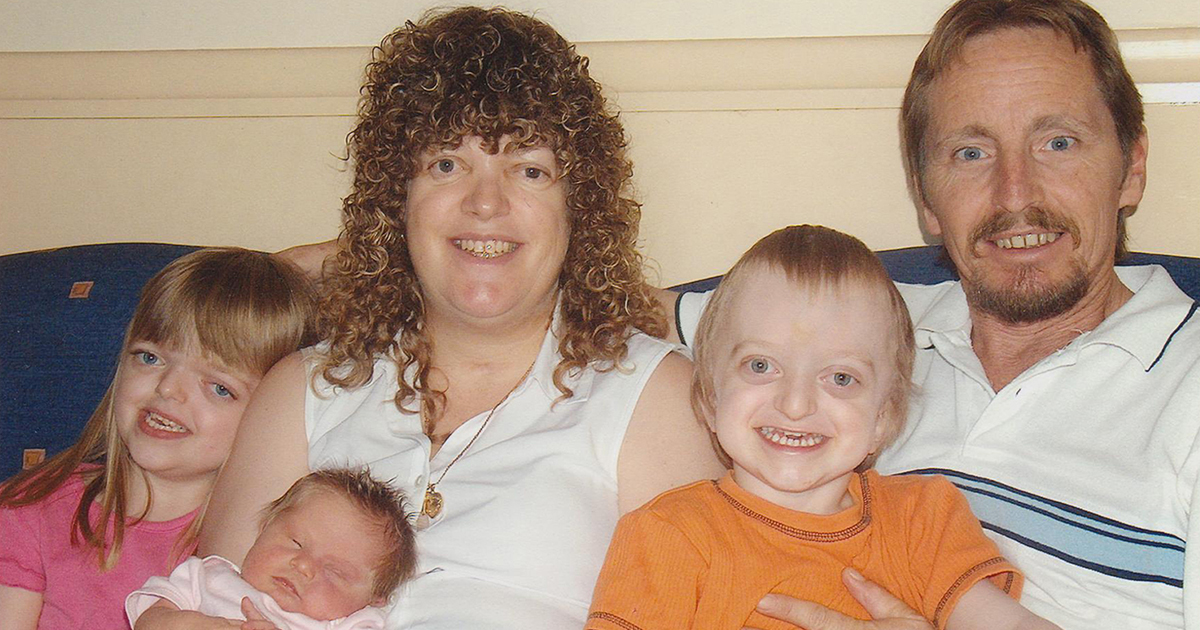Conditions Associated With Webbed Hands & Feet
Crouzon Syndrome

Crouzon syndrome is the most common of the craniosynostosis syndromes and affects sixteen out of every million newborns. In this condition, the infant’s skull bones fuse prematurely and cause various deformities. They will also have shallow eye sockets with bulging, wide-set eyes, an underdeveloped lower jaw, and a beak-like nose. Affected infants often have dental problems like crowded teeth caused by their poorly developed lower jaw. Some patients have abnormally narrow ear canals that cause hearing loss. Some patients are also born with a cleft palate or lip. In a variant form called type II Crouzon syndrome, the patient will also have webbed digits.
The condition is caused by a mutation of the gene FGFR2, which causes the skull bones to fuse too early. Infants and children with the disorder undergo several surgeries to both prevent brain damage and to correct their deformities. If the operation is performed soon enough, the child can enjoy normal intelligence and an average lifespan.
Down Syndrome

Under normal circumstances, humans are born with two copies of each chromosome. In Down syndrome, also known as trisomy 21, the patient has either part or all of a third copy of chromosome 21. Trisomy 21 is a common chromosomal disorder that affects about one of every seven hundred babies, and it is most likely to occur if the mother is over thirty-five years old during her pregnancy.
Patients with trisomy 21 grow more slowly than normal children. Consequently, they are shorter than average; the typical man with trisomy 21 typically stands no more than five feet one inch tall. The vast majority of patients have at least some degree of intellectual disability; most have an IQ of about fifty, which means their intelligence matches that of an average eight- or nine-year-old child. Other common characteristics include poor muscle tone, eyes that slant upward, a flat nasal bridge, a large protruding tongue, and a single deep crease in the middle of the palm.
About fifty percent of Down syndrome patients are also born with a heart defect and are also more likely to develop epilepsy and leukemia than the general population. Adults with trisomy 21 are more susceptible to dementias like Alzheimer's. The current life expectancy of a patient with Down syndrome is around sixty years.
